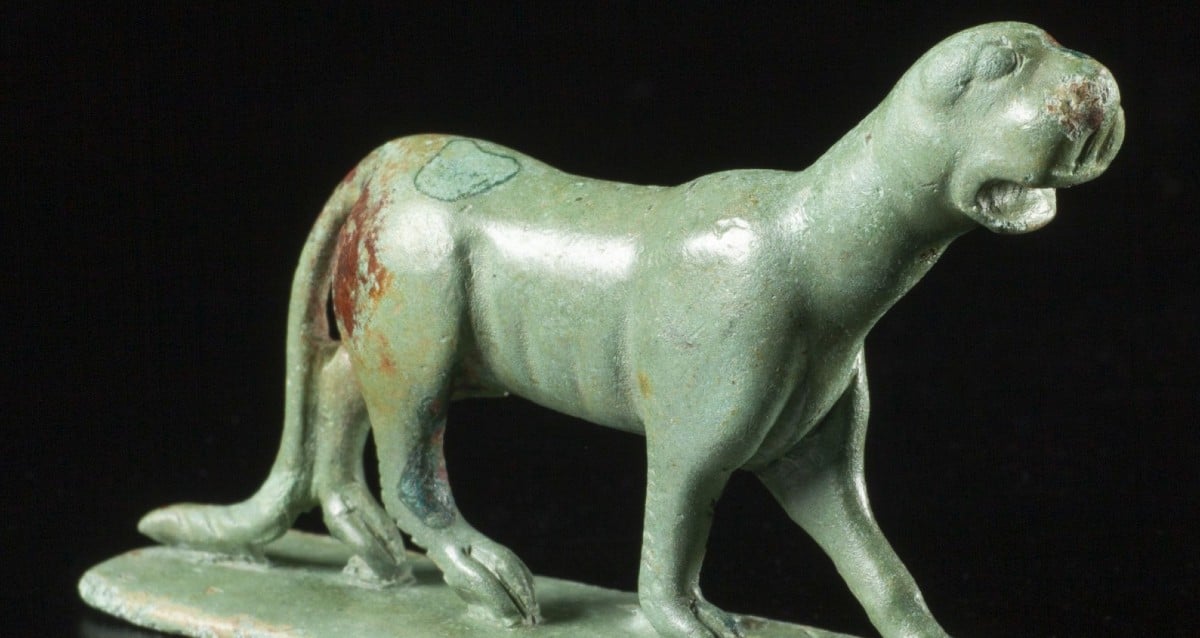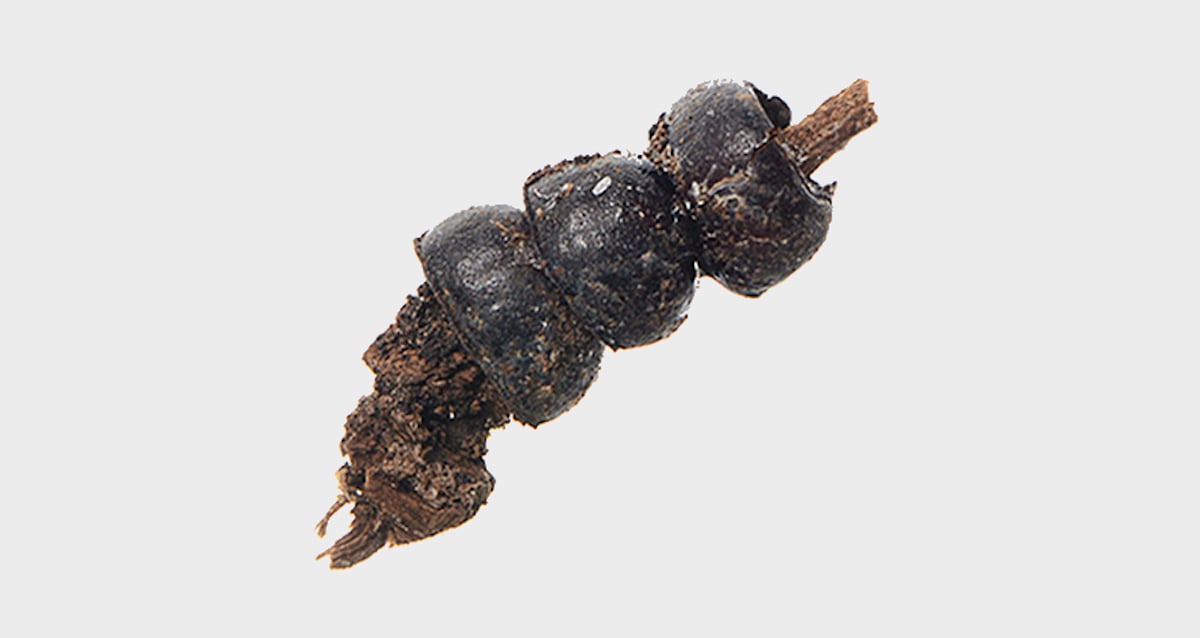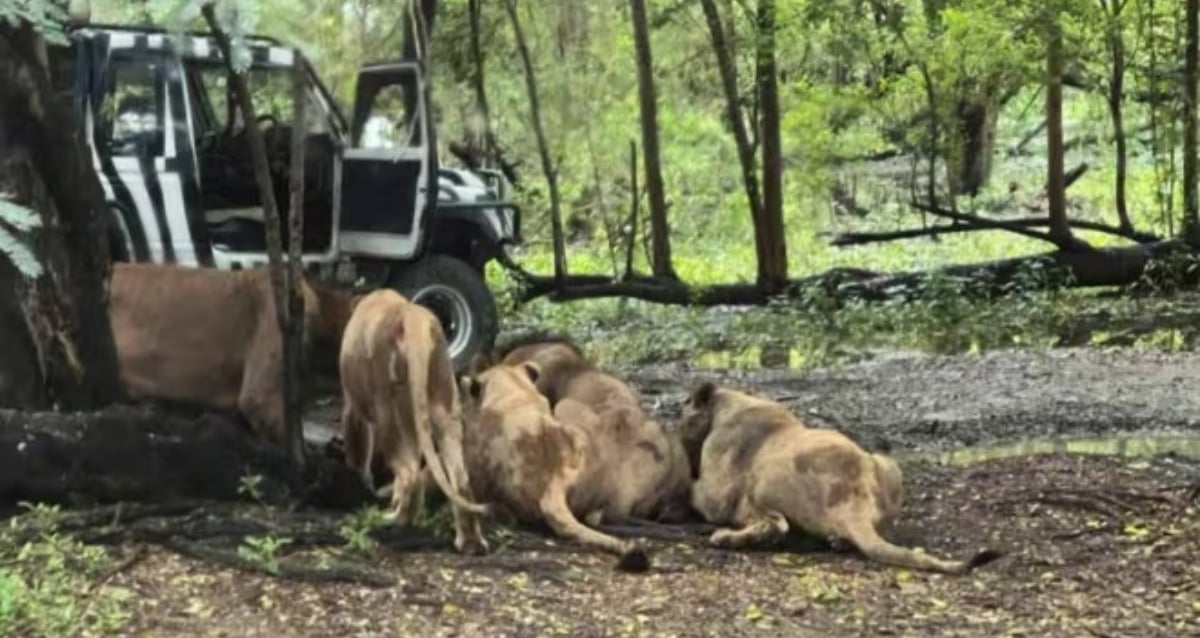Hidden Beneath Swiss Construction Site, Ancient Roman Treasures Emerge, Revealing Forgotten Civilization Secrets
Imagine strolling down a 13-foot-wide ancient Roman road, lined with stately columns, only to stumble upon not just ruins, but the everyday — and the extraordinary — lives buried beneath. That’s exactly what’s unfolding in Augusta Raurica, one of Switzerland’s crown jewels of Roman archaeology. Far from being just stones and dust, this place spills secrets: well-preserved row houses, latrines (yes, ancient toilets!), infant burials, and perhaps most mystifyingly, a rare bronze panther figurine that makes you wonder — was it a good-luck charm or something a bit more mysterious? These recent digs are not only adding fresh pages to the story of this once-bustling town but also nudging us to ask: How much more of the past is lying just under our feet, waiting for someone curious enough to uncover it? Buckle up, because Augusta Raurica’s silent streets are starting to roar with new tales. LEARN MORE
Along an ancient road that was lined with columns and stretched 13 feet across, archaeologists found the ruins of several houses as well as latrines, infant burials, and a bronze panther figurine.

Freigelegter Keller/Kanton AargauExcavations at Augusta Raurica, an archaeological site from the Roman era in Switzerland.
Augusta Raurica is one of the most important ancient Roman sites in Switzerland. Located just north of the Alps, it’s an active archaeological site as well as the home of a museum that holds more than 2 million artifacts. And during excavations ahead of the development of new apartments nearby, archaeologists have uncovered more to add to the collection.
These excavations unveiled a road and several structures as well as a collection of infant burials and a “rare” bronze panther figurine. Archaeologists said that these exciting finds have “significantly expanded our knowledge of the lower town of ancient Augusta Raurica.”
Rare Discoveries Among Ancient Roman Ruins In Northern Switzerland

Kanton AargauFollowing geological surveys, archaeologists were able to focus on an excavation area of 18,000 square meters.
According to a press release from the Canton of Aargau, the discoveries were made during excavations ahead of the development of three new apartment buildings in the area. After a geological survey, archaeologists began to excavate an area of roughly 194,000 square feet.
Within this area, archaeologists identified a Roman road with buildings and courtyards on either side, as well as porticoes. The road was 13 feet wide, and had apparently been restored multiple times. The bones of the houses were surprisingly well-preserved, and because of their “rectangular floor plans, internal layout, and rear courtyards,” archaeologists believe they were strip houses, or row houses.
Archaeologists also found several shafts and pits in the courtyard of the houses, which may have been latrines or storage shafts. In addition, they also unearthed several infant burials — in ancient Rome, which had a high infant mortality rate, infants were customarily buried at the family’s home.
But perhaps the most fascinating finds during the excavation were a number of “rare” objects. Archaeologists unearthed a tuff votive holder, a mosaic glass spindle whorl, and a small bronze panther statuette.

Römerstadt Augusta RauricaThe bronze panther figurine that was unearthed during excavations at Augusta Raurica.
This part of Augusta Raurica was likely developed between the late first century C.E. and the 3rd century C.E., which places it near the end of this Roman settlement’s tumultuous history.
The Dramatic Rise And Fall Of Augusta Raurica
According to the Augusta Raurica museum, the colony was first constructed around 15 B.C.E, and grew rapidly over the next 200 years. Advantageously located on the Rhine River, and along the west-east route from Gaul to the Danube River and the Raetia province, the population of Augusta Raurica soon swelled to 15,000 inhabitants.

Augusta Raurica MuseumThe amphitheater at Augusta Raurica is one of the settlement’s most well-preserved sites.
Like other prosperous Roman settlements of its day, Augusta Raurica once had temples, a forum, public paths, roads, and an amphitheater. Augusta Raurica also had the largest Roman theater north of the Alps, which could seat between 8,000 to 10,000 spectators.
But like other Roman settlements, Augusta Raurica soon fell on hard times. War, epidemics, and crop failures led to the slow abandonment of the town, and by 300 C.E. many people had moved closer to a large fort on the Rhine. Roman troops left the settlement a century later, around the time Rome fell. Though Augusta Raurica remained an important administrative center and market town, it declined as nearby Basel began to flourish in the seventh century.

Susanne SchenkerThe ruins of the Augusta Raurica basilica.
Augusta Raurica then became a small fishing village. Today, it’s an excavation site, research center, and museum — and a rich source of Roman artifacts. Archaeologists have benefited from the wealth of artifacts at the former settlement, and they even know the names of some of its inhabitants thanks to “tombstones and votive altars or from dedications on buildings.”













